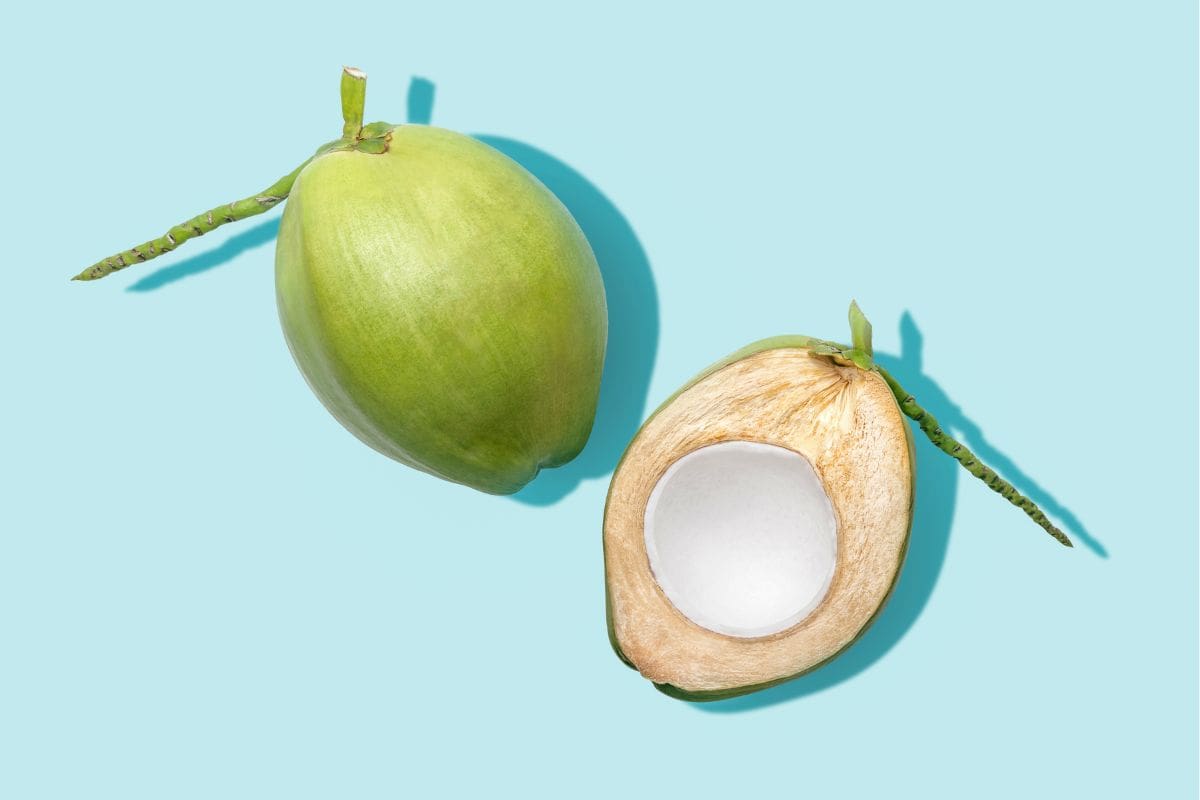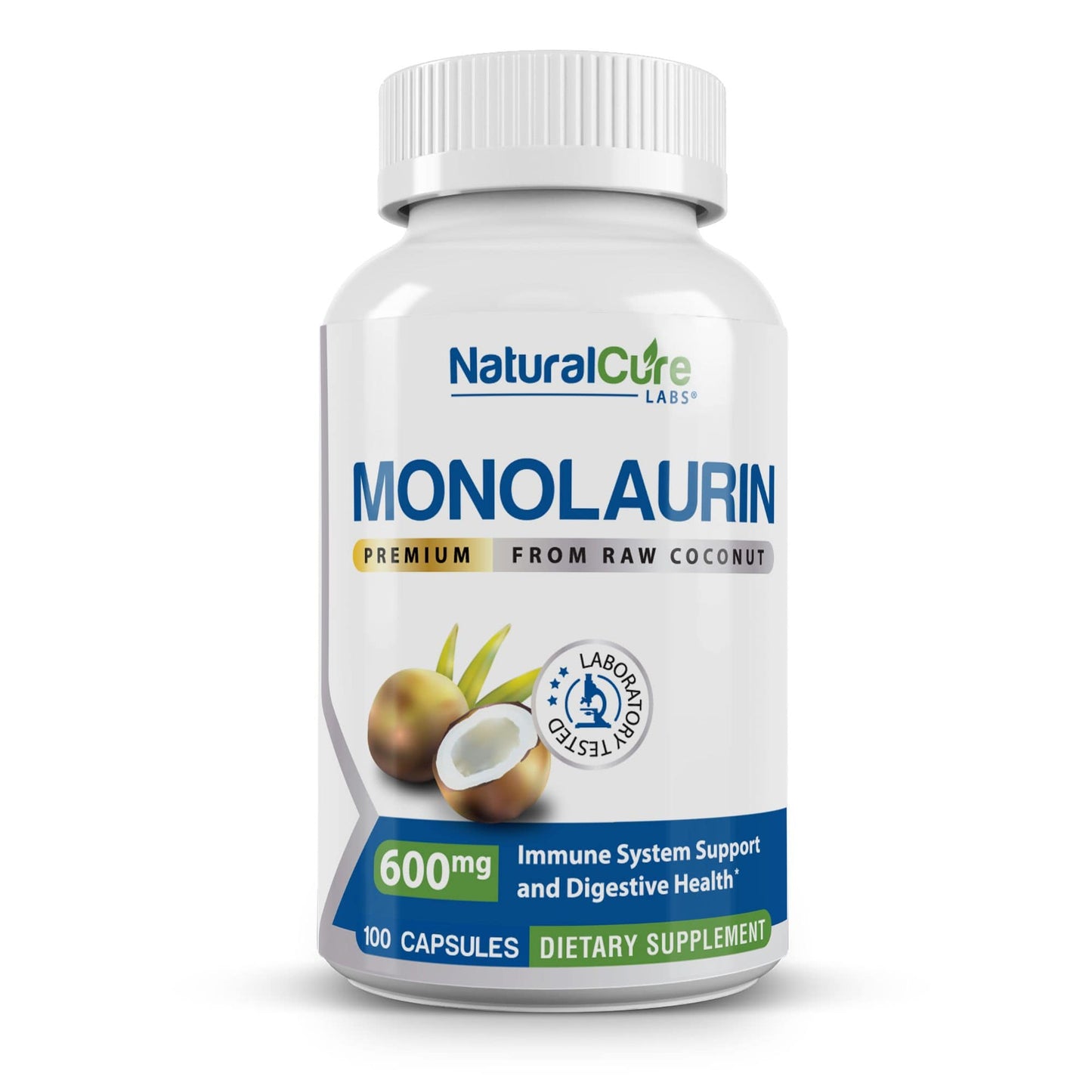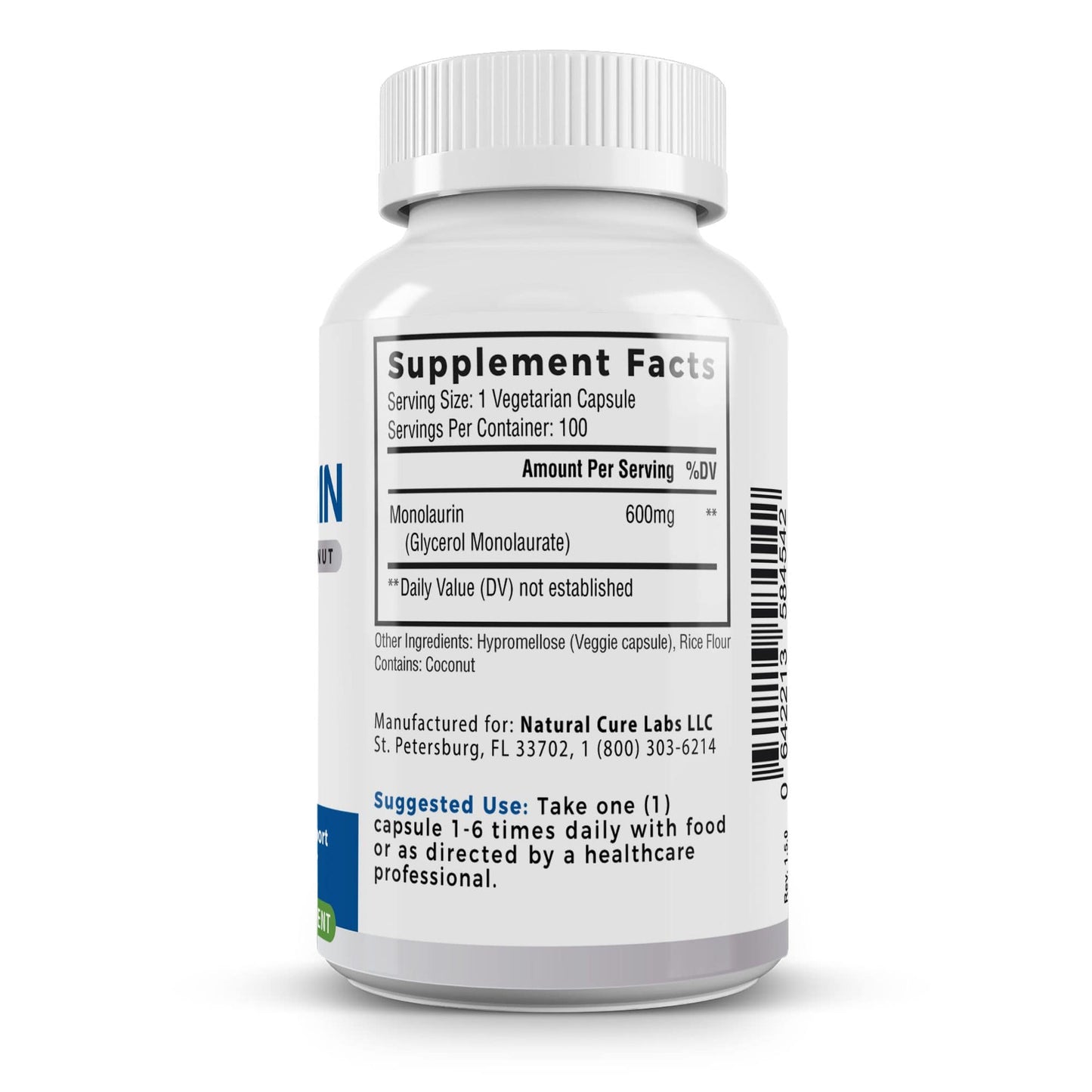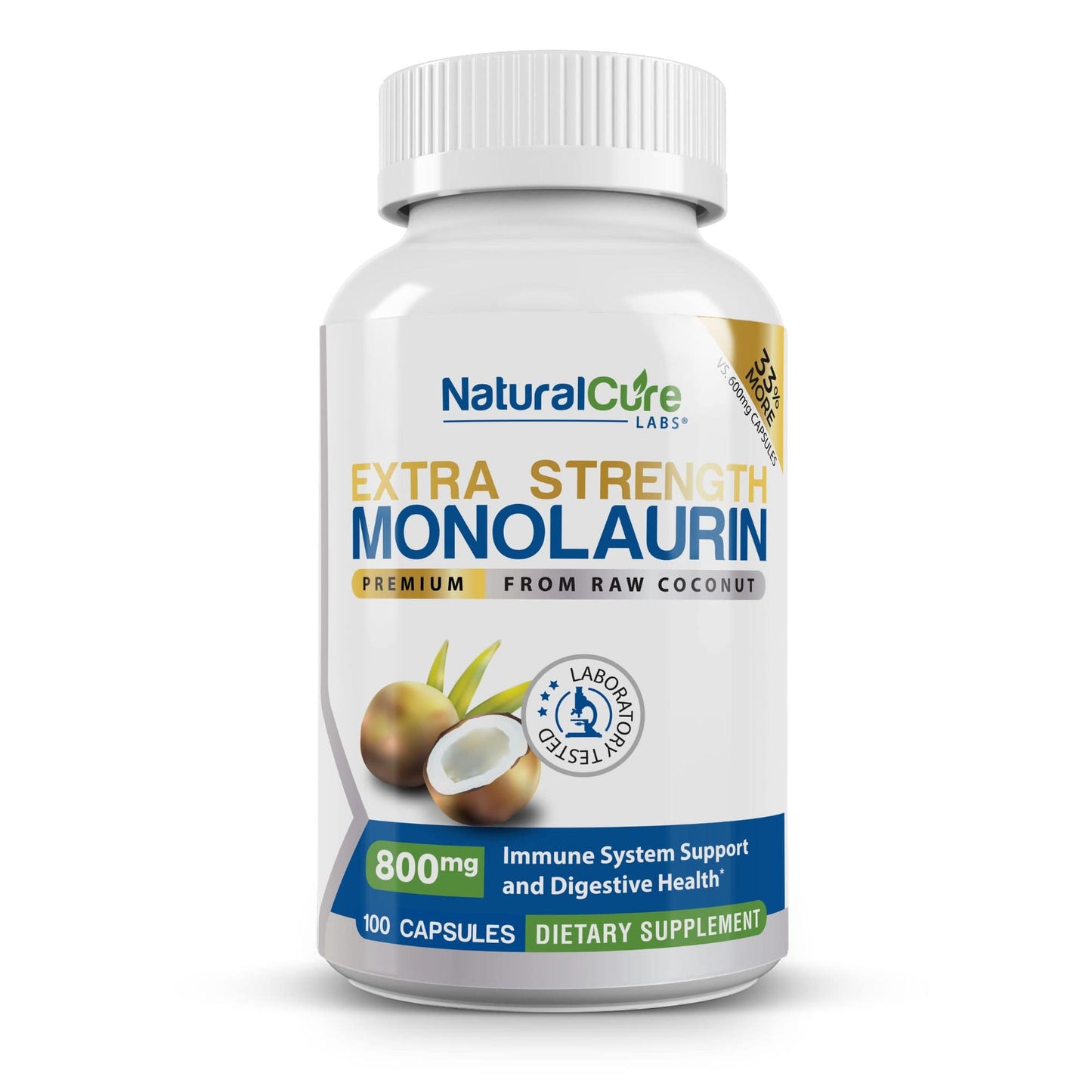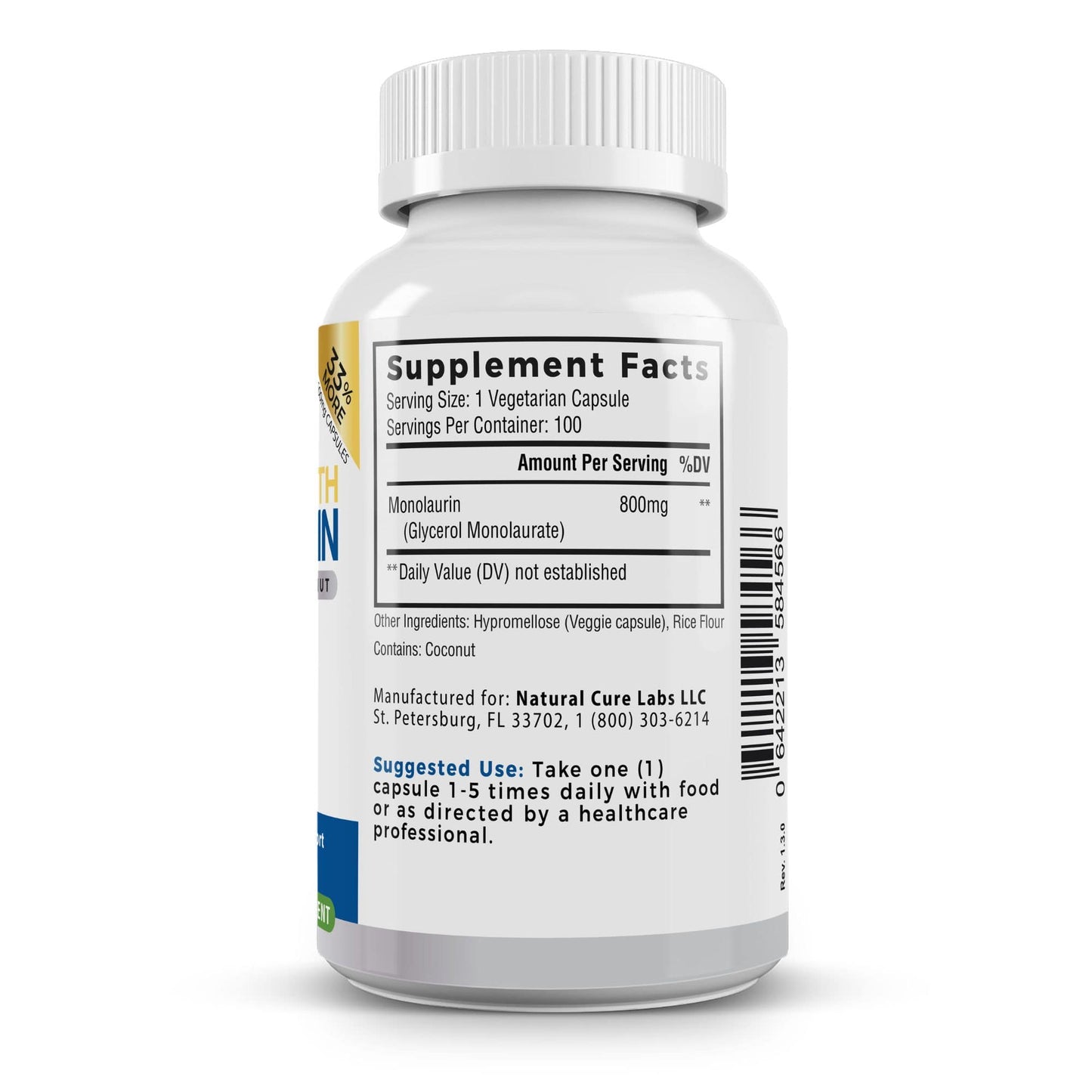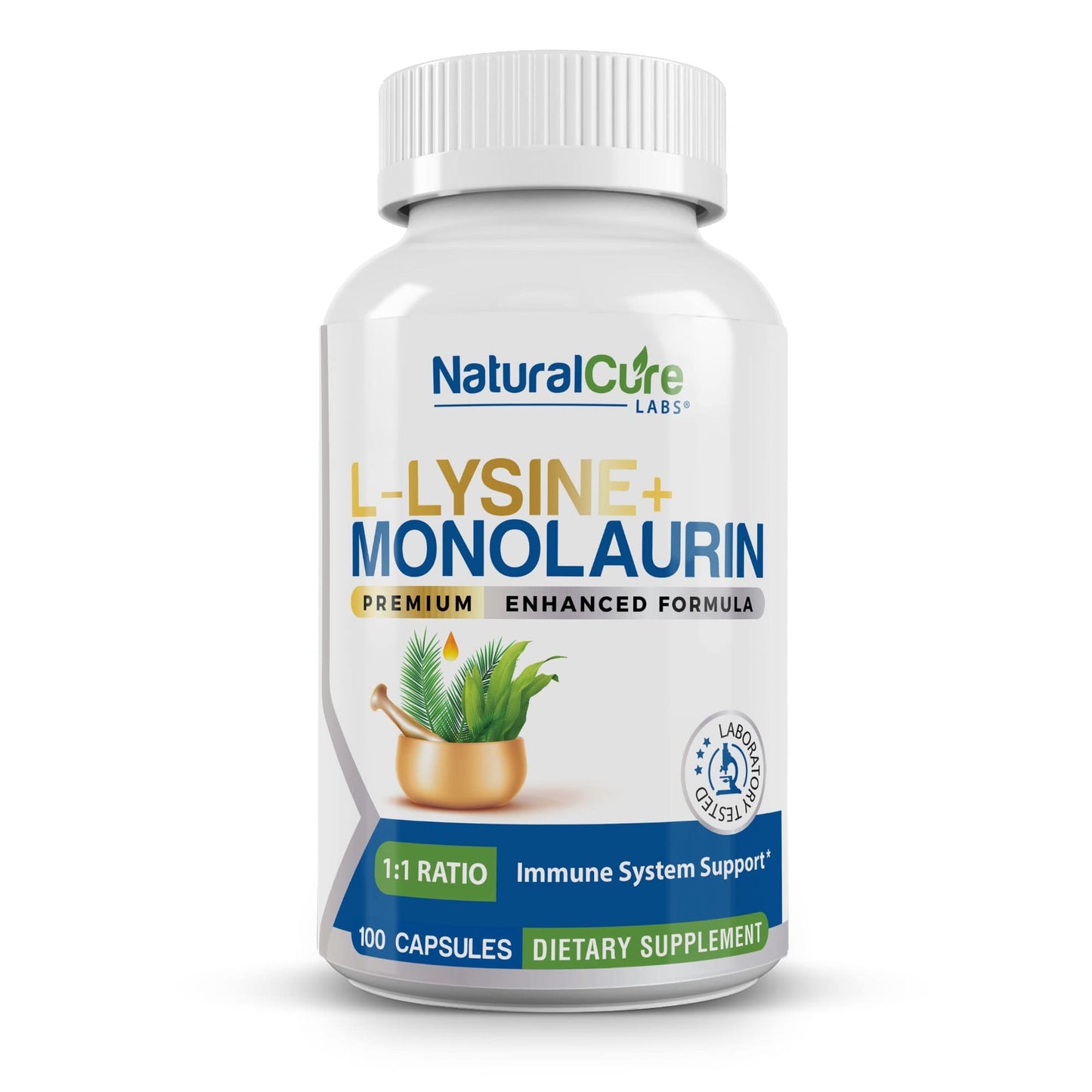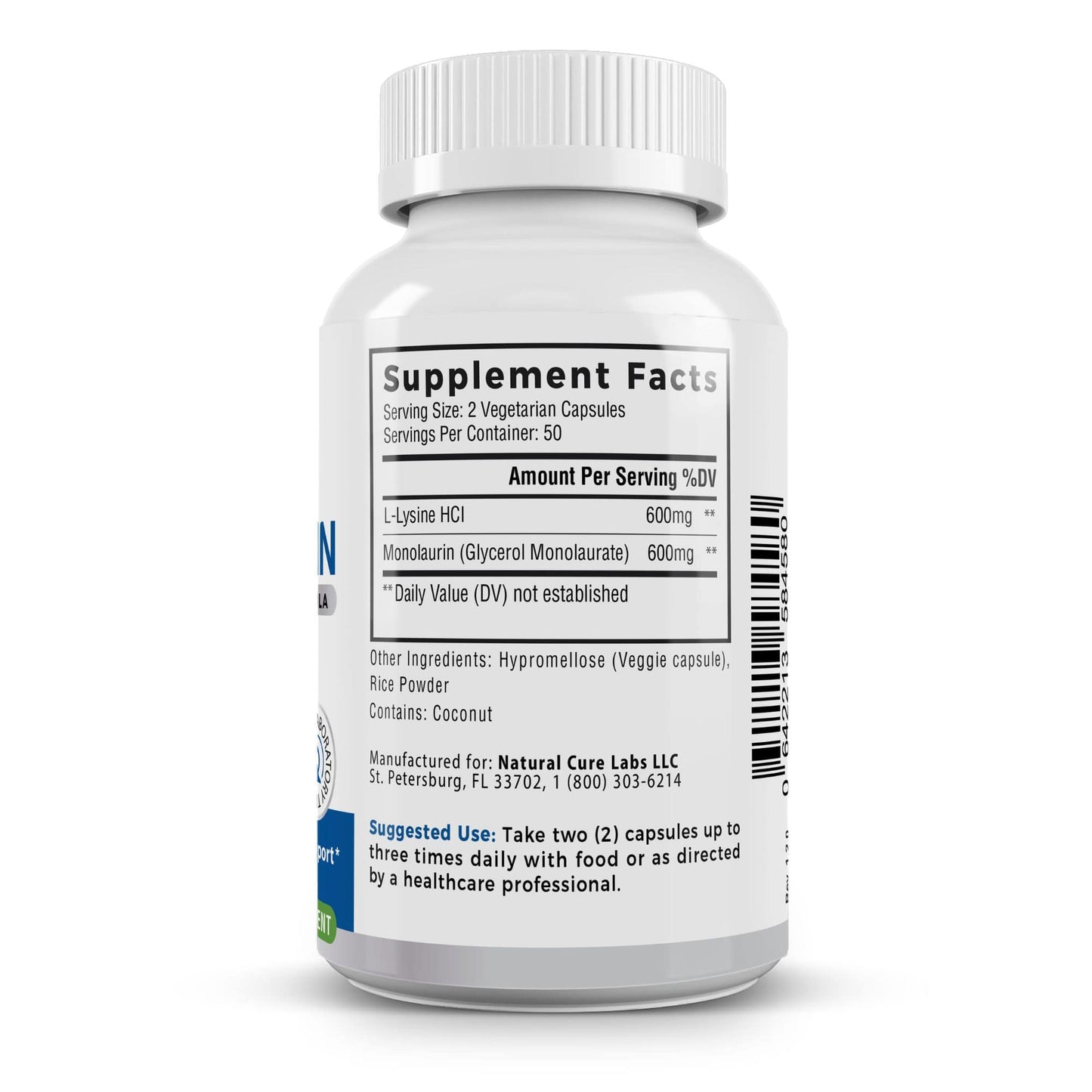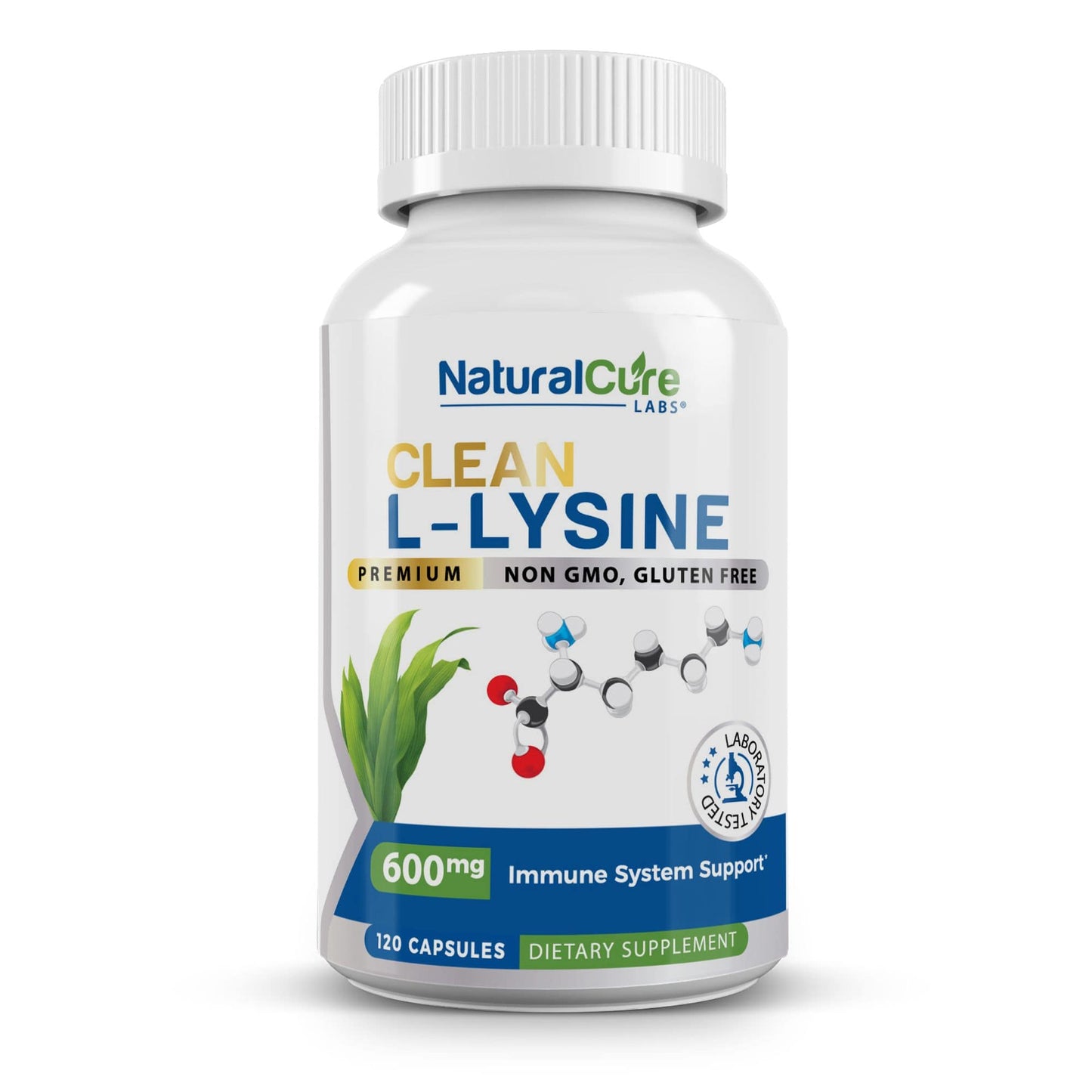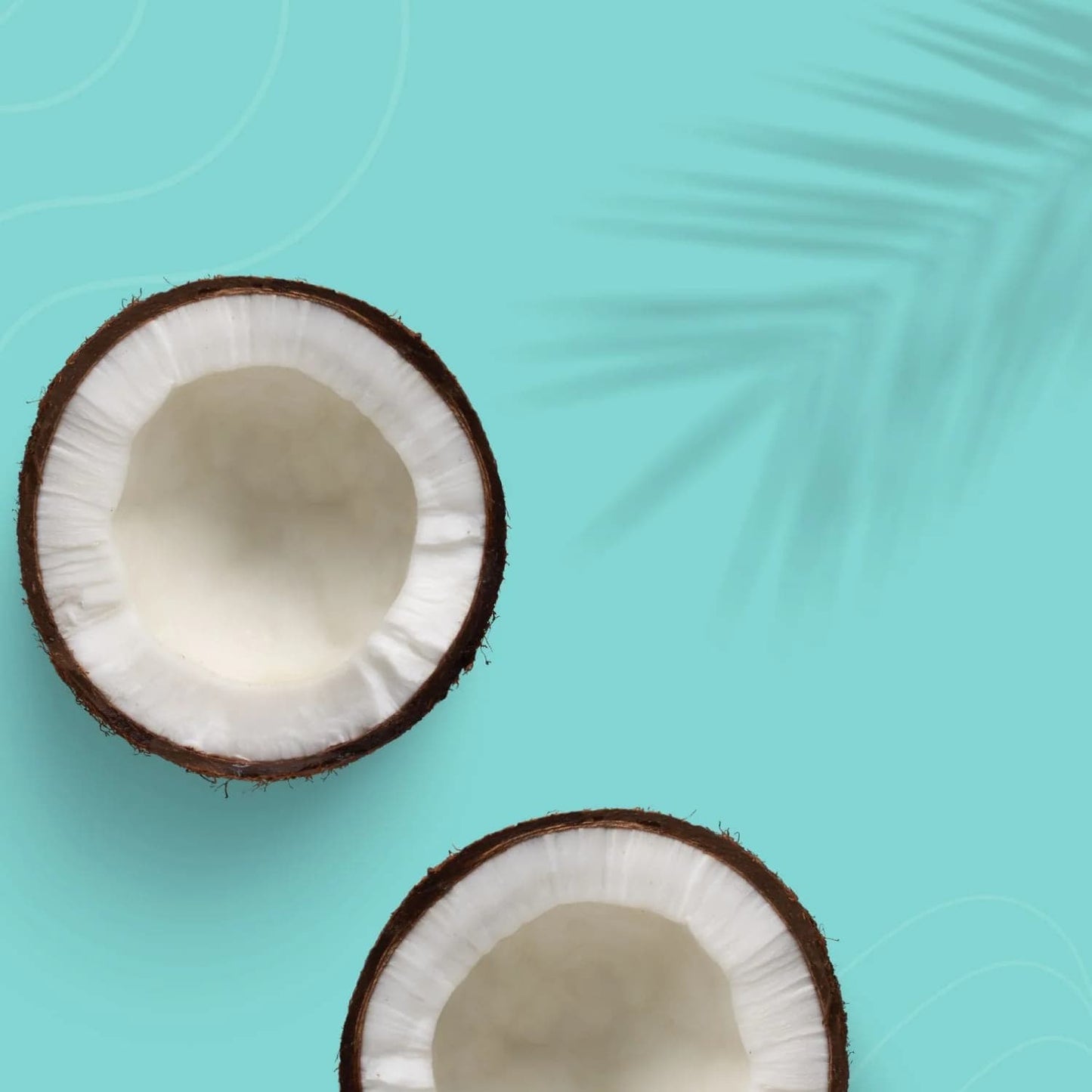
📝 Medically reviewed by Dr. Patricia Shelton
🔍 Last updated February 26, 2024
📚 10 citations
📖 5 minute read

About the Author: Dr. Patricia Shelton, MD, has been a medical communicator and educator since 2014. She holds a Doctor of Medicine degree as well as a Bachelor's degree in Neuroscience, both from the University of Washington in Seattle.
–
Derived from lauric acid, a medium-chain fatty acid found in coconut oil and palm kernel oil, monolaurin has gained attention for its potential to support and maintain immune, skin, and digestive health.‡
Jump To:
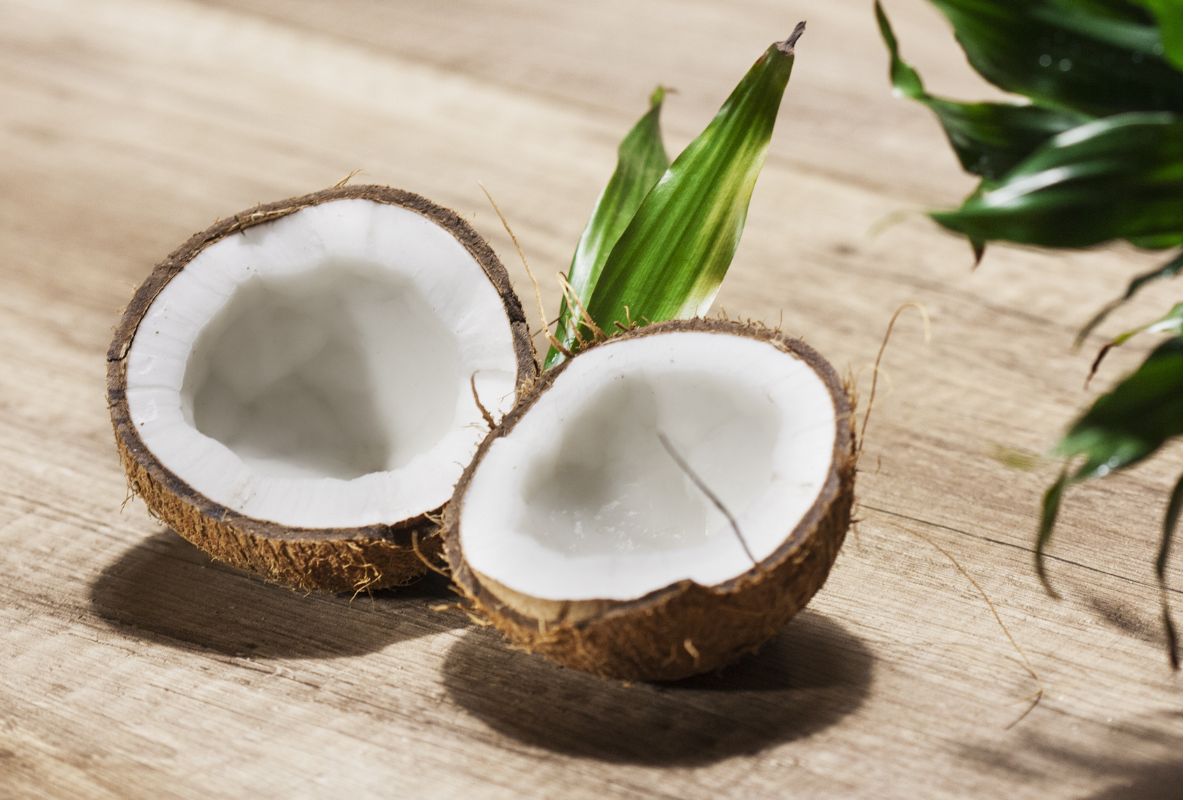
Introduction
Of the many natural compounds with promising health benefits, monolaurin has emerged as a subject of interest for researchers and health enthusiasts alike. Derived from lauric acid, a medium-chain fatty acid found in coconut oil and breast milk, monolaurin has gained attention for its potential to support and maintain immune, skin, and digestive health.‡
Monolaurin and Lauric Acid
Monolaurin all begins with lauric acid, which was first discovered in the early 19th century by French chemist Michel Chevreul. Lauric acid is a saturated fatty acid that naturally occurs in various plant and animal fats, with coconut oil being one of the richest sources. However, it wasn't until more recent decades that scientists began to isolate and study the specific properties of monolaurin.
Isolation of Monolaurin
Monolaurin is the glycerol ester of lauric acid, created through the process of glycerolysis. This compound was first isolated and identified by Dr. Jon Kabara in the 1960s. Dr. Kabara, a pioneering researcher in the field of medium-chain fatty acids, recognized the potential health benefits of monolaurin and lauric acid, leading to extensive studies on their immune supporting properties.‡
Sources of Monolaurin
As mentioned, monolaurin is derived from lauric acid, which is naturally found in some plant oils and human breast milk. In nature, primary sources of lauric acid include coconut oil and palm kernel oil. Lauric acid is converted to monolaurin within the human body, although the exact conversion rates have not yet been determined. Coconut oil, in particular, contains about 50% lauric acid, making it a convenient and accessible source of monolaurin for dietary and therapeutic purposes.
Monolaurin Uses and Applications
Monolaurin has been studied for its potential uses in various areas of health and wellness. Some of its key applications include:
- Immune Support: Monolaurin has been widely studied and may help support and maintain a healthy immune response.‡
- Digestive Health: Other studies have explored monolaurin's potential to promote and regulate healthy digestion.‡
- Skin Health: Monolaurin is also being explored for its potential benefits in promoting skin health. It may be used topically or taken orally to help maintain skin health.‡
Benefits of Monolaurin
The potential benefits of monolaurin stem from its suggested immune-supporting properties.‡ While research is ongoing and more clinical trials are needed, some of the suggested benefits include:
- Overall wellness: Monolaurin may help support and maintain overall health and wellness by promoting a healthy immune response. Some people take monolaurin daily like a multivitamin.‡
- Gut flora balance: Lauric acid and its derivatives, including monolaurin, may contribute to a healthy digestive system by promoting a balanced microbial environment in the gut.‡
- Skin wellness: Monolaurin may help maintain healthy skin.‡
Dosing Recommendations
The appropriate dosage of monolaurin can vary depending on the specific health goals being addressed. It's essential to consult with a healthcare professional before incorporating monolaurin into your routine, especially if you are pregnant, nursing, or have pre-existing health conditions. Dosing recommendations for monolaurin supplements typically range from 300 milligrams to 1,800 milligrams per day, divided into multiple doses.
It's important to note that while monolaurin is generally regarded as safe, some individuals may experience mild gastrointestinal discomfort when starting supplementation. Gradual introduction and monitoring for any adverse effects can help mitigate such issues.
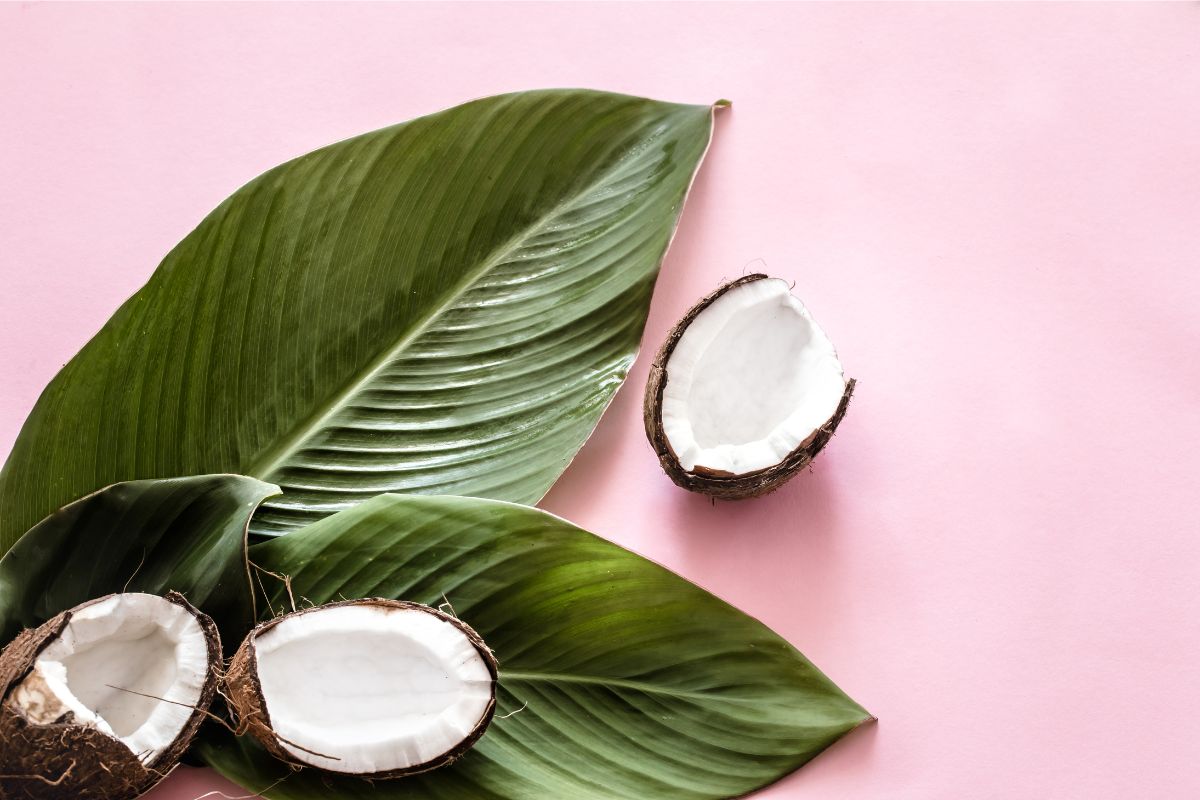
Monolaurin Supplements
Specializing in monolaurin products since 2015, we offer three distinct products to serve your individual wellness goals:
- Premium Monolaurin 600mg - our original and best-selling monolaurin product
- Extra Strength Monolaurin 800mg - for those looking to achieve higher doses with fewer capsules
- L-Lysine + Monolaurin - our award-winning combination product
These monolaurin supplements are vegan, non-GMO, gluten free and blended and bottled in the USA.
More than 3,000 customers have left product ratings and reviews, including:
"This supplement includes the best part about coconut oil - this concentrated form is what's lacking in great amounts in coconut oil. In other words, you would have to drink TONS of coconut oil to get this same benefit!"
- Lissette (July 7, 2016)
"I've never heard of monolaurin until a friend recommended it to me and gave me a bottle to try. And holy ****, I totally see what's all the hubbub now! I've been proselytizing it's benefits to my friends and family ever since."
- steppanyaki (January 14, 2017)
Conclusion
Monolaurin, derived from lauric acid found in coconut oil and breast milk, has established a strong following in the world of natural health supplements. Its historical roots trace back to the discovery of lauric acid in the 19th century, with the breakthrough isolation of monolaurin in the 1960s for use in dietary supplements. With promising immune, digestive, and skin health properties, monolaurin continues to be explored for its potential benefits in supporting and maintaining a healthy lifestyle.‡
While research on monolaurin is ongoing, and more clinical trials are needed to establish its efficacy conclusively, the current body of evidence suggests that it may be a valuable addition to lifestyle choices that support overall health and well-being.
As with any supplement, it's crucial to approach monolaurin with a well-informed perspective, consulting healthcare professionals and following recommended dosages for safe and effective use.
References:
- Kabara, J. J. (1980). Nutrition and the immune system. Alan R. Liss, Inc.
- Kabara, J. J., Vrable, R., & Lie Ken Jie, M. S. (1977). Lipids, 12(9), 753-759.
- Shilling, M., Matt, L., Rubin, E., Visitacion, M. P., Haller, N. A., Grey, S. F., & Woolverton, C. J. (2013). Journal of medicinal food, 16(12), 1079-1085.
- Isaacs, C. E., & Thormar, H. (1991). In Developments in food science (Vol. 34, pp. 243-257). Elsevier.
- Dayrit, F. M. (2015). Journal of the American Oil Chemists' Society, 92(1), 1-15.
- Hierholzer, J. C., & Kabara, J. J. (1982). Journal of Food Safety, 4(1), 1-12.
- Bergsson, G., Arnfinnsson, J., Karlsson, S. M., Steingrímsson, Ó., & Thormar, H. (2001). Antimicrobial agents and chemotherapy, 45(8), 2470-2474.
- Hornung, B., Amtmann, E., & Sauer, G. (1994). Journal of General Virology, 75(12), 3535-3542.
- Yang, D. J., Moh, S. H., Son, D. H., & You, S. (2017). Trends in biotechnology, 35(3), 234-244.
- Thormar, H., Hilmarsson, H., & Bergsson, G. (2006). " Expert review of anti-infective therapy, 4(4), 497-511.
‡ These statements have not been evaluated by the Food and Drug Administration. This product is not intended to diagnose, treat, cure, or prevent any disease.
--
Natural Cure Labs provides dietary supplements made from naturally derived ingredients. Our research-backed products contain premium botanicals and antioxidants that encourage healthy living and holistic wellness. Each high-quality product comes with a Clean Label that certifies our commitment to quality, transparency, and research. To stay connected and learn more, follow us on Facebook, Instagram, and TikTok.

